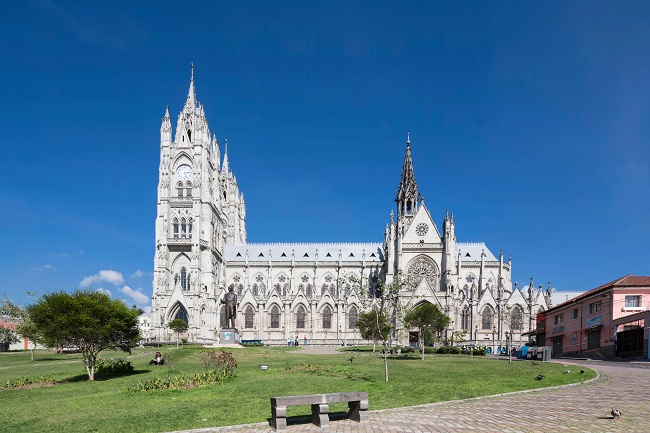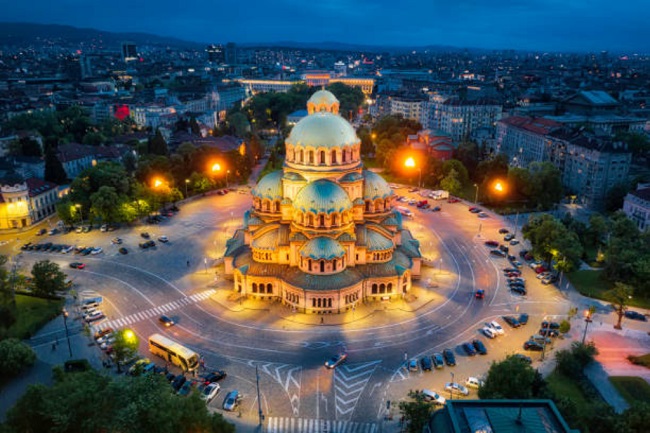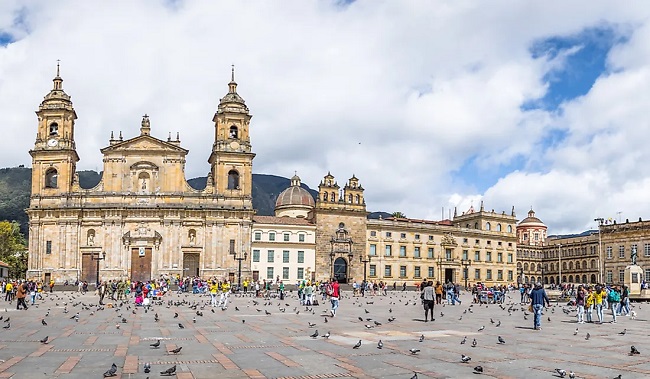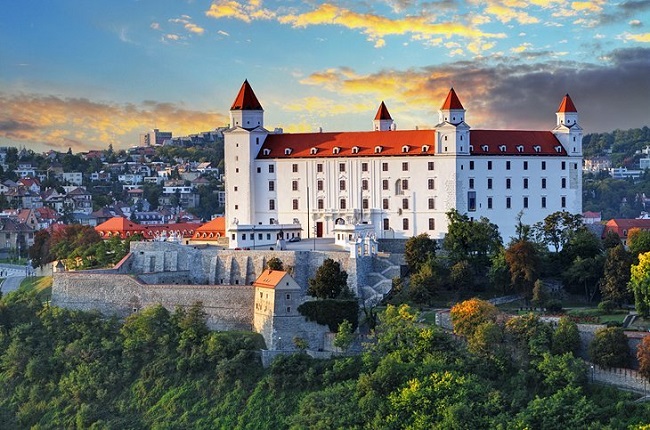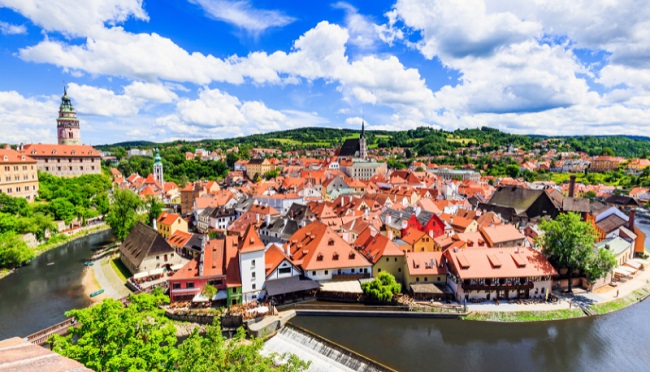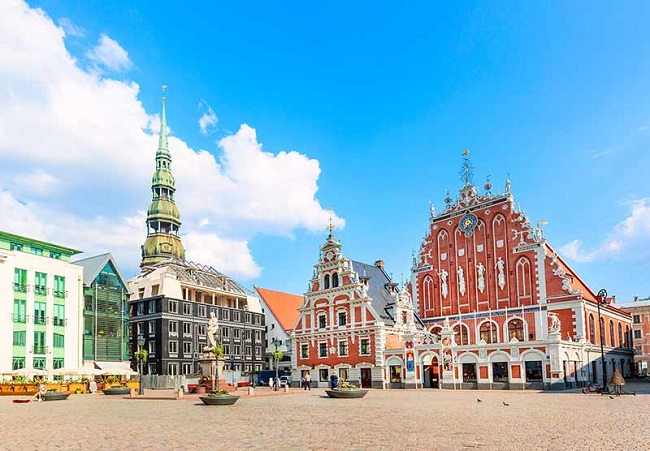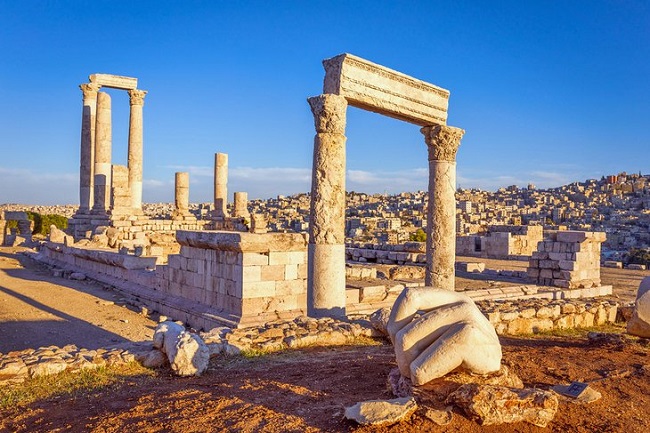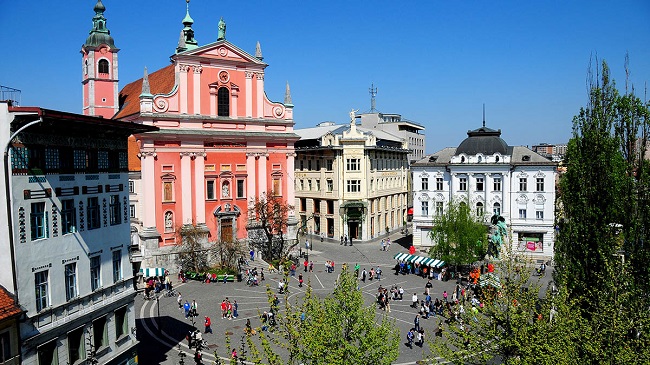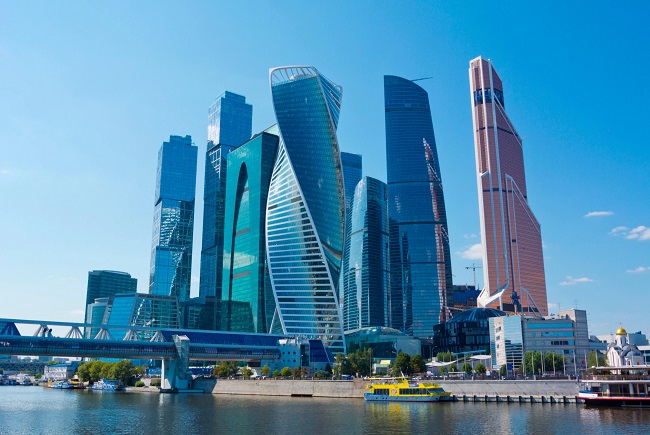Tallinn, Estonia, was once a major port city and now offers visitors a beautiful landscape and a rich history. Across the Gulf of Finland from Helsinki and to the east of St. Petersburg on the Baltic Sea.
People have been drawn to its shores for a long time because of its strategic location, and the city is becoming more and more of a tourist hotspot as a result.
Top 10 Places to Visit in Tallinn
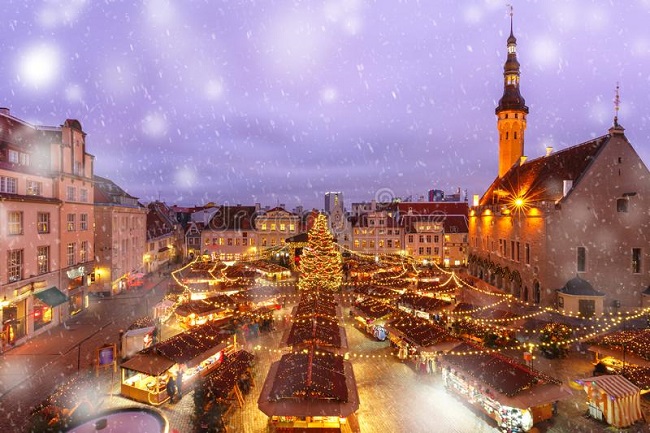
Tallinn, the country’s capital and largest city, is home to many historical landmarks and exciting tourist attractions. They include everything from mediaeval merchants’ homes to baroque palaces and Gothic cathedrals.
They span several centuries, as the city has been controlled by several different nations, from the Swedes and Danes to the Germans and Soviets.
In addition to its picturesque Old Town, this city offers a plethora of excellent eating and drinking establishments, as well as some world-class museums.
1. St. Catherine’s Passage
Saint. Catherine’s Passage is a little yet picturesque alley that seems to have been preserved in its original form for generations. The passage, which joins Vene and Muurivahe streets and is named after the historic church it passes, is a wonderful example of mediaeval architecture.
The old buildings that used to house guilds are now studios and workshops where you can see pottery, glassware, leather goods, and textiles being made. Fine handcrafted gifts may be purchased, and a small cafe provides a relaxing place to rest and take in the charming surroundings.
2. Old Town
Tallinn’s Old Town is truly fascinating, as it is home to many magnificent mediaeval buildings constructed between the 15th and 17th centuries. There are plenty of great taverns, restaurants, and cafes to choose from inside its compact confines, which are created by the city walls that enclose the area.
Excellent preservation means that centuries-old structures from a variety of architectural periods may be viewed side by side, and intriguing museums provide a glimpse into the city’s and country’s long and illustrious past. The Old Town may be overrun with tourists these days, but it’s still worth a visit for the magnificent history and architecture. Its fantastic old streets will make you feel as though you’ve stepped into a storybook.
3. Town Hall Square
Town Hall Plaza is the hub of Tallinn’s activity and can be thought of as the city’s “physical heart.” The Town Hall is the crown jewel of a collection of wonderful old mediaeval buildings that surround a big square that is bordered by cafes, pubs, and restaurants and where regular markets are held.
Many of the city’s most well-known attractions are within easy walking distance, and among them are great places to grab a bite to eat, have a drink, or shop for souvenirs. Incredibly, the area has held a Christmas tree show every year since 1441, and its Christmas market has a long history of being regarded as one of the best in all of Europe.
4. Aleksander Nevsky Cathedral
Aleksander Nevsky Cathedral was not finished until 1900, when Estonia was still a part of the Russian Empire, yet its crimson walls, dazzling white decorations, and black onion domes are truly breathtaking. The cathedral, perched atop Toompea Hill, is a stunning example of Russian Revival architecture; inside, beautiful woodwork iconostases and intricate mosaics adorn the walls.
The church was slated to be demolished when Estonia gained its independence in 1924 because of the prominent and potentially provocative location it held atop the hill. The Aleksander Nevsky Church, which was spared from destruction, is now one of St. Petersburg’s most visited landmarks.
5. Toompea Hill
Toompea Hill’s conspicuous and strategic location has long made it synonymous with power and distinction, despite the fact that it is only 20 or 30 metres higher than the remainder of the Old Town.
Toompea Castle, St. Olaf’s Church, and Aleksandr Nevsky Cathedral are just a few of the significant and impressive historical sites that can be found atop the little limestone mount.
The mound, believed to be the final resting place of the Estonian mythological hero Kalev, is a fascinating spot to explore. In addition to the city’s many historic landmarks, it provides stunning vistas.
6. Kadriorg Park
The massive Kadriorg Park is a really attractive and picturesque spot to stroll around, and it can be found on the outskirts of the city not far from the Baltic Sea. Peter the Great commissioned the park in 1718, and it features numerous beautiful trees and flowerbeds, as well as sculptures, fountains, and ponds.
Kadriorg Palace, a beautiful Petrine Baroque building hidden among the pleasant surroundings, is home to the Mikkel Museum and the KUMU Art Museum.
7. Seaplane Harbor
Originally constructed in 1916 to accommodate Peter the Great’s seaplanes, Seaplane Harbor is now a part of the Estonian Maritime Museum. The vast concrete hall before you is a majestic sight, and it’s lit up in an unusual manner reminiscent of a nightclub.
The museum’s collection of boats, submarines, and seaplanes is very impressive, with some vessels dating back to World War I. There are aircraft and submarine simulators that are a lot of fun to test, and the outside harbour has even more ships and yachts on show.
8. Tallinn TV Tower
The Tallinn TV Tower, to the east of the city, is the tallest building in Estonia at 314 metres. The tall mast was opened in time for the 1980 Summer Olympics in Moscow, and its purpose was to enhance local communication. Because of this, Soviet troops attempted to storm it in 1991, but were unsuccessful as radio operators spread news of Estonia’s freedom.
The TV Tower is the most prominent landmark in the area, and its observation deck provides breathtaking panoramas of the country. It also features an excellent restaurant and engaging interactive exhibits about the history of Tallinn and Estonia.
9. St. Olaf’s Church
This magnificent church, dedicated to Norway’s King Olaf II, is the city’s largest surviving mediaeval structure. It was constructed in the 1200s and has survived multiple lightning strikes with very little damage.
Its towering spire rises to a height of 123 metres, making it one of the tallest structures ever built. Breathtaking vistas of the city may be seen from its peak. Although its inside is somewhat bare and unadorned, it is nonetheless well worth exploring in order to view the exquisite stone carvings on display.
10. Viru Gate
Viru Gate, the primary entrance to the Old Town, features twin towers that were once part of a larger network of gates and towers constructed in the 14th century. The towers of the gate have been carefully conserved, and they now provide access to Viru Street, a popular shopping and dining district.
Walking through the ivy-covered stone towers into the Old Town is an impressive and unforgettable way to begin your time in Tallinn.
